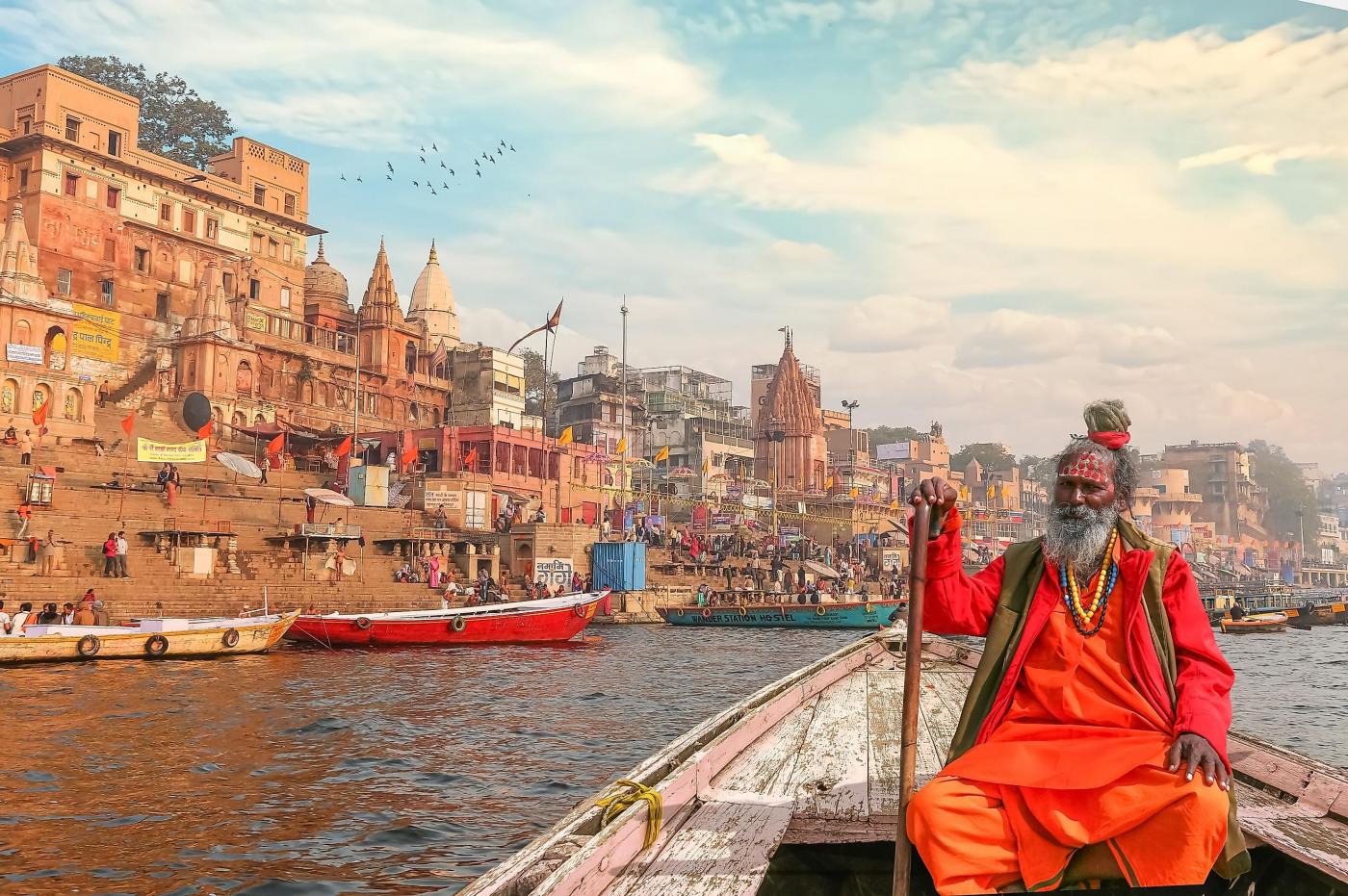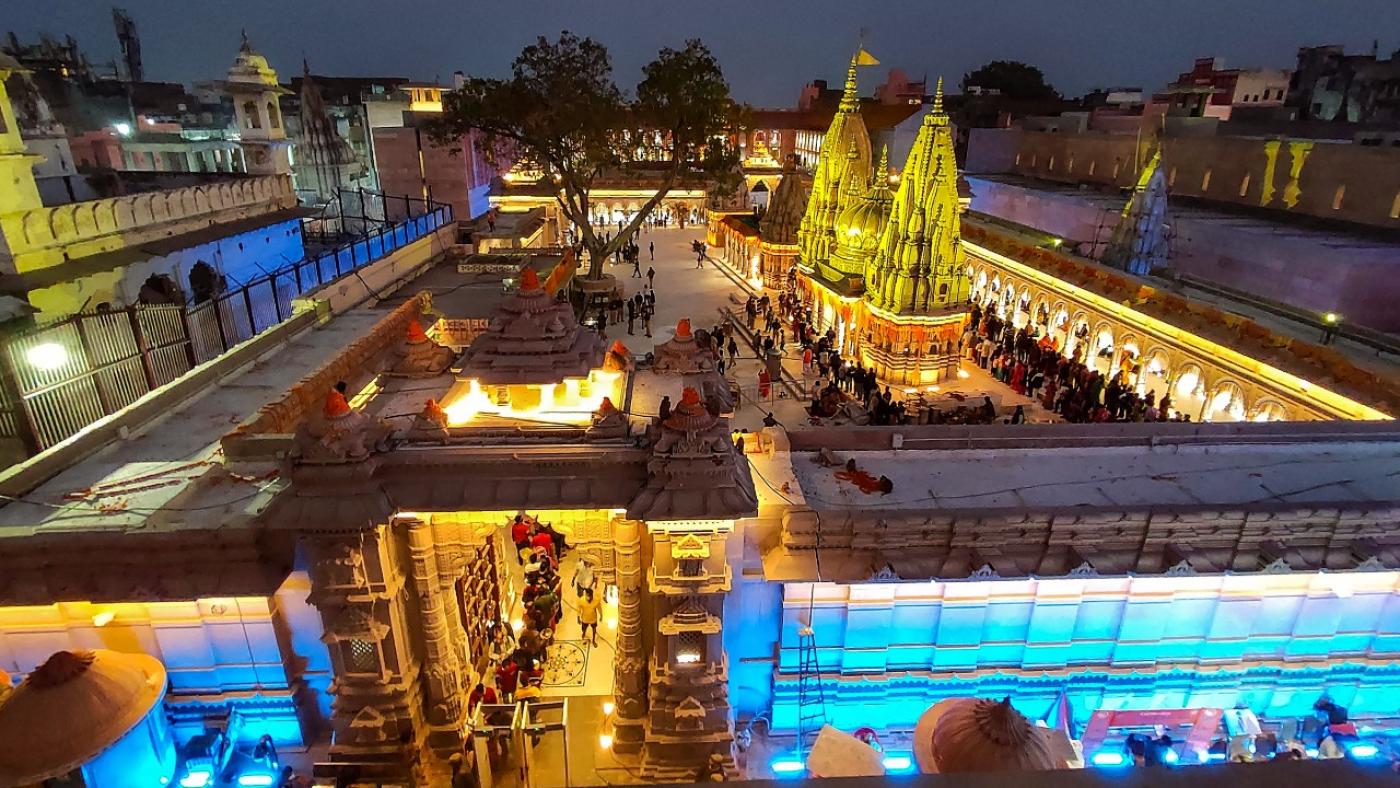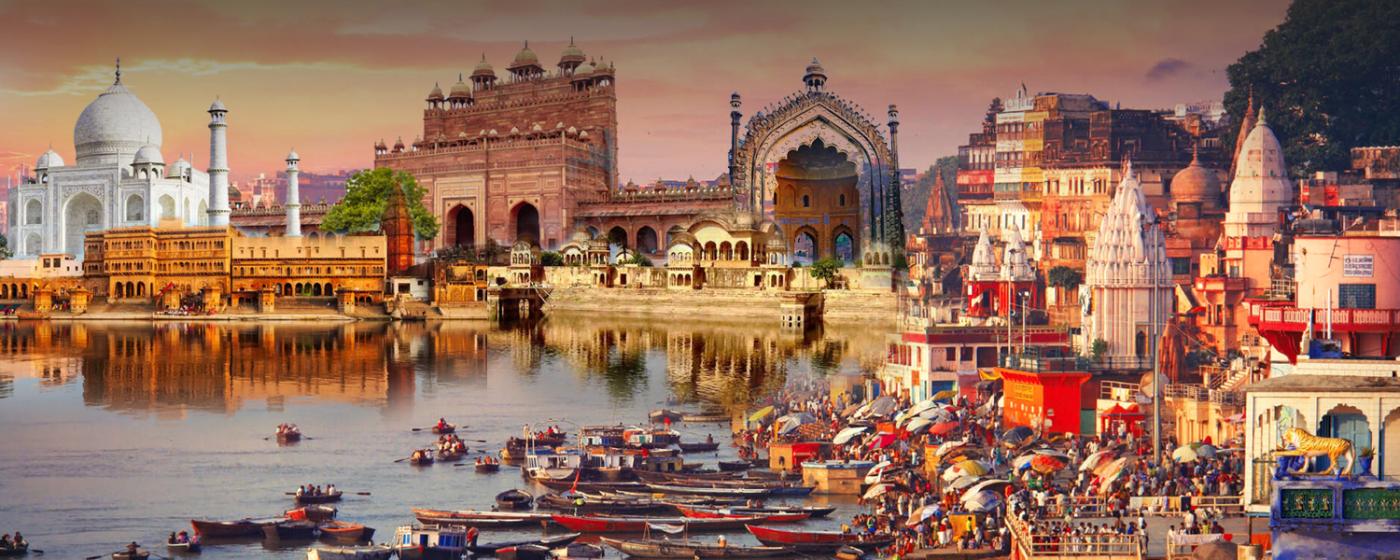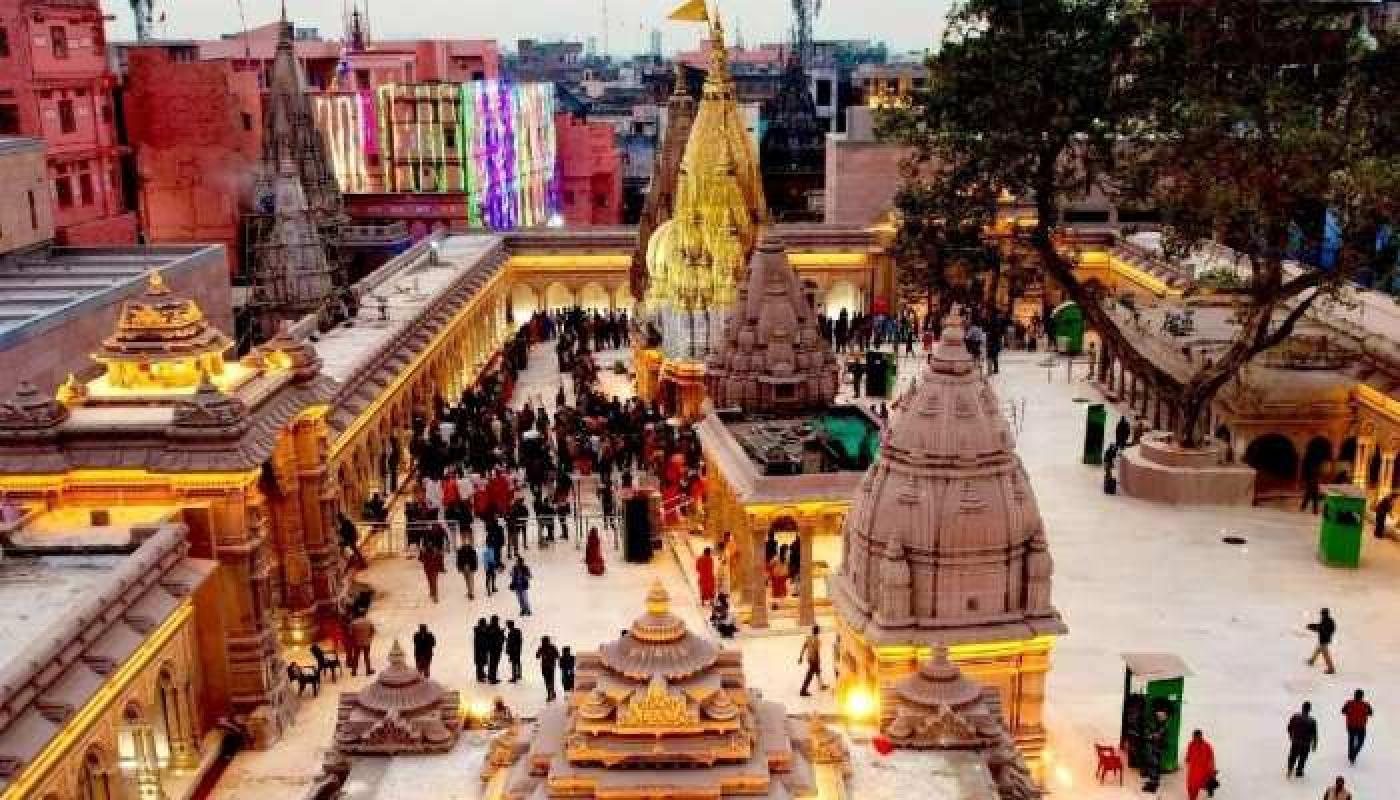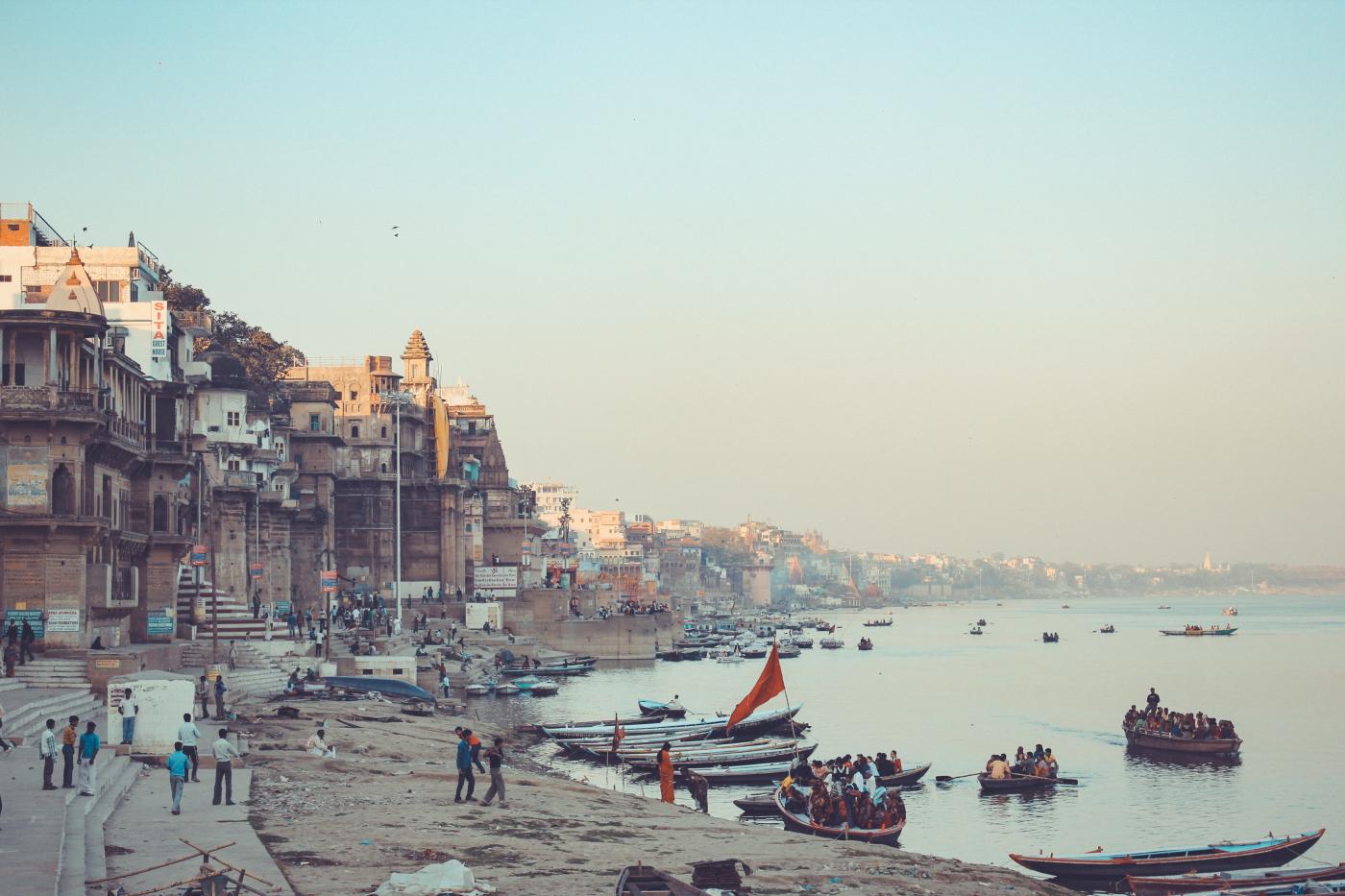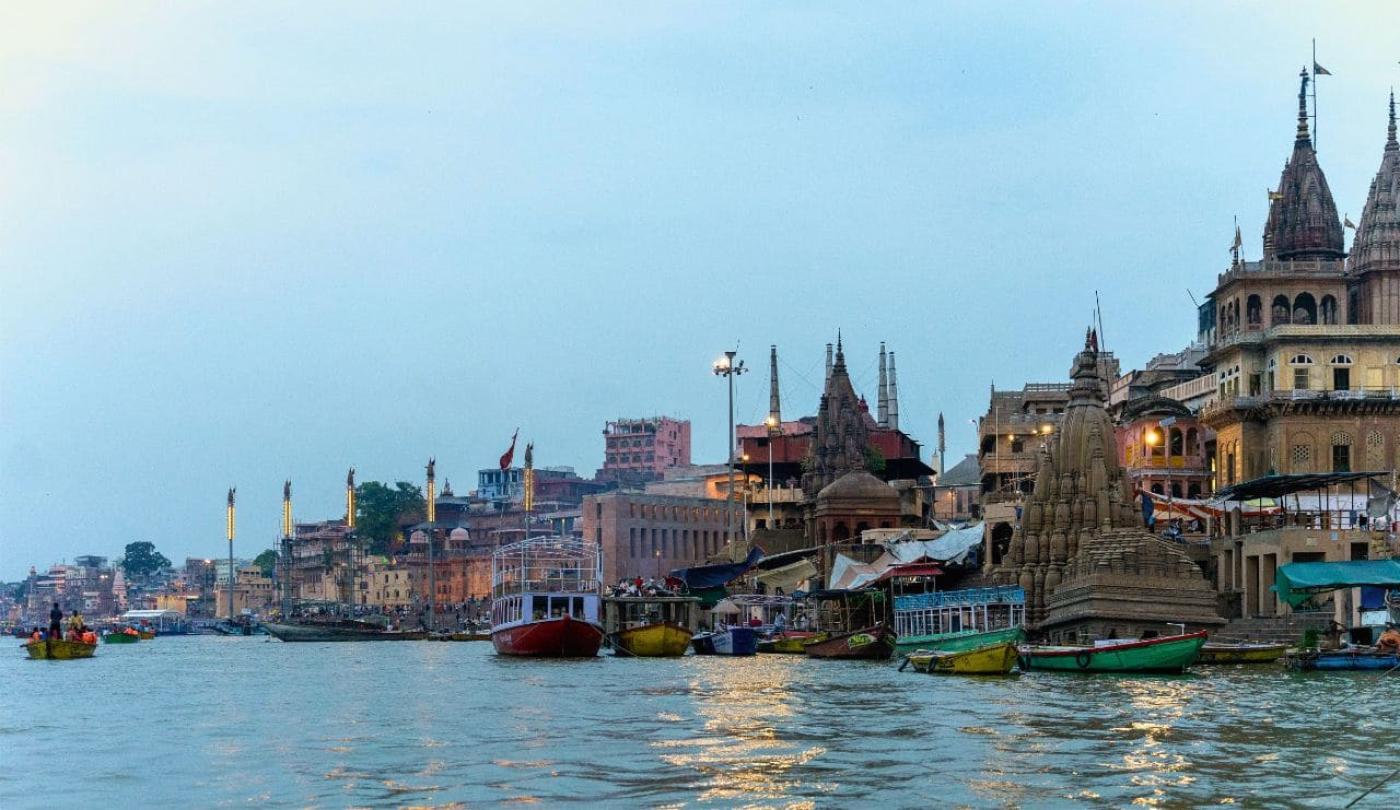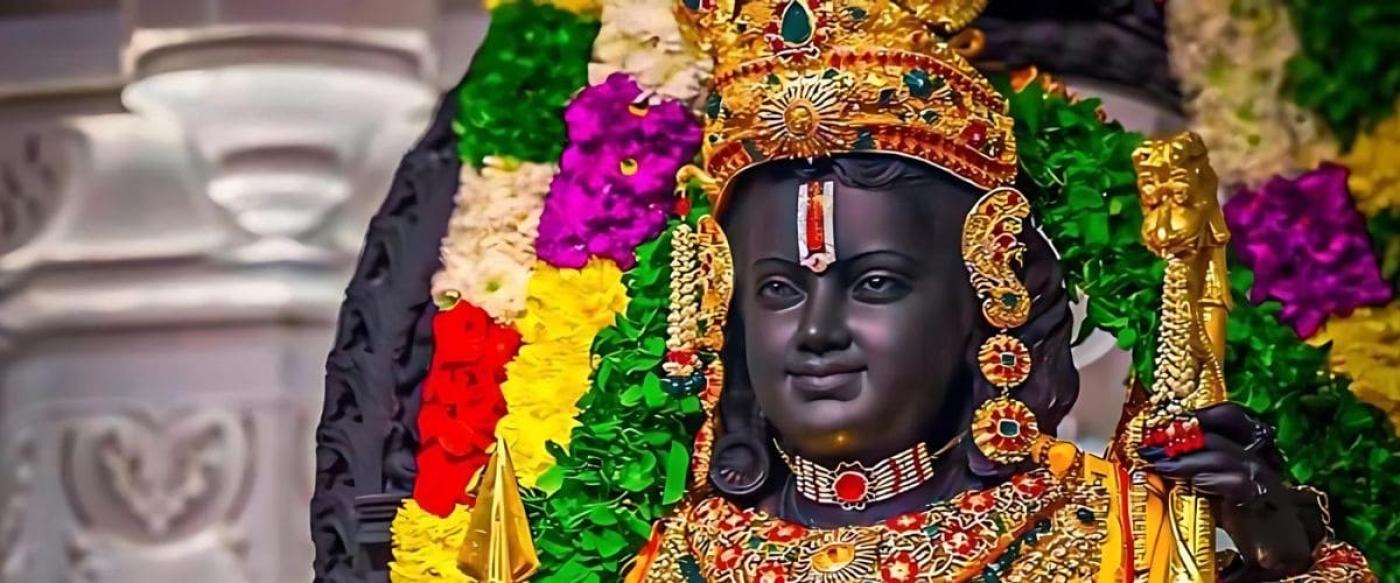Ayodhya is one of the major holy cities of Hinduism - the world's 3rd largest religion. It has a central role in the ancient Indian epic, the Ramayana, whose protagonist Lord Rama is God incarnated on Earth as the prince of Ayodhya. The epic describes Lord Rama's 14 year exile, his victory over evil and his grand return with his wife Sita to Ayodhya to become king. This return to Ayodhya is celebrated as Diwali, the leading festival of hundreds of millions of Hindus world-wide. Consequently Lord Rama's reign over Ayodhya and its surroundings, called Ram Rajya, is the epitome of good governance and moral society in the Hindu tradition.
The story of Rama has transcended into a great inspirational story and parable for children and adults around the world. Ayodhya has come to symbolise inner peace, joy and spiritual upliftment.
For Booking Call/WhatsApp: 9415218328 / 9415221994
Destinations
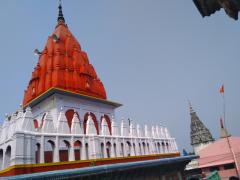
Nestled in the heart of the city, this temple is easily accessible via a staircase of 76 steps. It holds great significance as it was the dwelling place of Lord Hanuman, who guarded the Janambhoomi or Ramkot. Within the main temple, a statue of Anjani, the mother of Lord Hanuman, is enshrined, with Bal Hanuman seated on her lap. Devotees firmly believe that a visit to this sacred shrine fulfils their wishes, adding a profound spiritual experience to their journey.
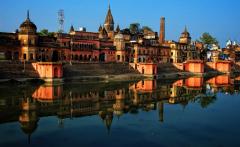
The Nageshwarnath Temple was established by Kush, the son of the god Rama. The tale goes that Kush lost his armlet while bathing in the Saryu River. The armlet was picked up by a Nag-Kanya (serpent maiden) who, enamoured by Kush, fell in love with him. As she was a devoted follower of the god Shiva, Kush built this temple in her honour. Remarkably, this temple is the sole survivor from the time of Vikramaditya, as the rest of the city had succumbed to ruins and was engulfed by dense forests.
The existence of this temple played a pivotal role in enabling Vikramaditya to rediscover Ayodhya and the locations of various shrines in the area. The festival of Shivratri is celebrated at this temple with grandeur and splendour, adding to the sacred significance of this historical site.

The chief place of worship in Ayodhya is the site of the ancient citadel of Ramkot which stands on an elevated ground in the western part of the city. Although visited by pilgrims throughout the year, this sacred place attracts devotees from all over India and abroad, on `Ram Navami', the day of Lord's birth, which is celebrated with great pomp and show, in the Hindu month of Chaitra (March-April).
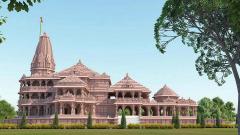
Rephrasing to Ram's Birthplace, the Ram Janmabhoomi is believed to have been the motherland of the Hindu deity, Lord Ram. According to the Indian grand Ramayan, Ram, Lord Vishnu's seventh incarnation, is said to have grown over along Ayodhya's swash Sarayu. The Ram Janmabhoomi is a largely hallowed point for Hindus.
After being a equivocal point for decades, the Ram Janmabhoomi land was handed over to a trust by the Supreme Court of India to make the Ram Temple. The groundbreaking form for laying of the foundation gravestone for the Ram Temple of Ayodhya was performed on 5 August 2020 by Prime Minister Narendra Modi. The proposed design of the tabernacle is grand and magnific. There are numerous securities check points and officers over there rigorously follow the rules. For the darshan of Ramlala, it's better to just keep your bag with you along with an identity card as the security asks for it. There are around five security check points where you'll be checked completely. Don't believe and go with the so called attendants and they maraud people. There is a lot of walking involved in this place so make sure you're charged up. you can find a lot of monkeys in the Ram Mandir Ayodhya. It's a pious land and a must visit place for every Hindu. Ram Janmabhoomi is full of church and Positivity. Every Hindu worships Lord Rama but being in Ayodhya Ram Janmabhoomi gives an immense pleasure and let's one feel present in Ramayana period.

